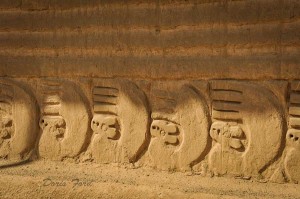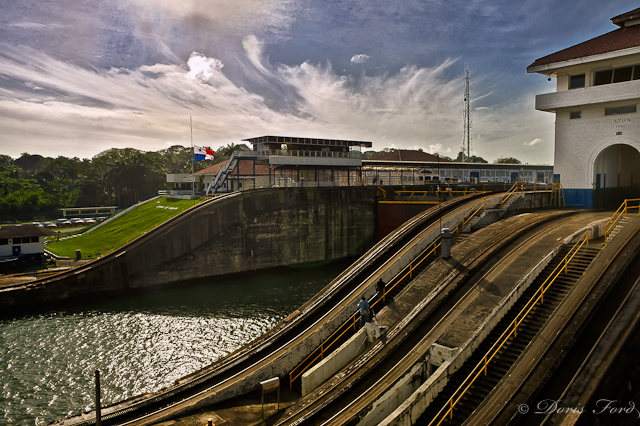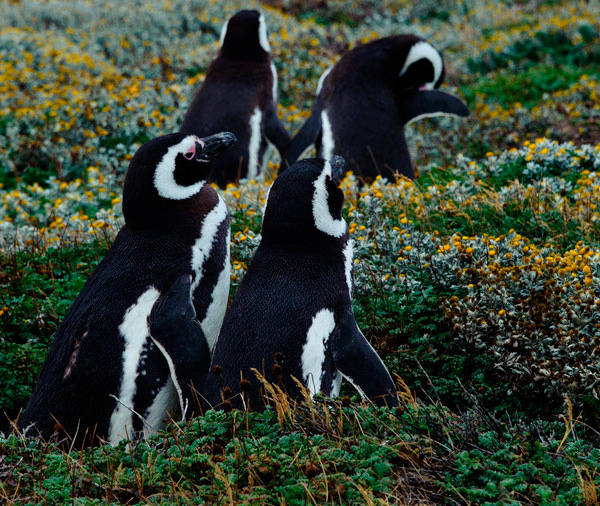Travels–Google Map update
World Traveler–So much to see–so little time!
View My Travels in a larger map
Travels–Google Map update
World Traveler–So much to see–so little time!
View My Travels in a larger map
Chan Chan
Review the map on the Post of March 24th 2012 for the route taken for the South American trip.
The largest Pre-Columbian city in South America, Chan Chan is an archaeological site located in the Peruvian region of La Libertad, five km west of Trujillo. Chan Chan covers an area of approximately 20 km² and had a dense urban center of about 6 km². Chan Chan was constructed by the Chimor (the kingdom of the Chimú), a late intermediate period civilization which grew out of the remnants of the Moche civilization. The vast adobe city of Chan Chan was built by the Chimu around AD 850 and lasted until its conquest by the Inca Empire in AD 1470. It was the imperial capital of the Chimor until it was conquered in the 15th century. It is estimated that around 30,000 people lived in the city of Chan Chan.
Chan Chan was added as a UNESCO World Heritage Site on November 28 of 1986. The city is severely threatened by storms from El Niño, which cause heavy rains and flooding on the Peruvian coast. It is in a fertile, well-watered section of the coastal plain The city’s ruins are additionally threatened by earthquakes and looters. Present-day visitors to Chan Chan can enter the Tschudi Complex, believed to be one of the later citadels built in the city. There are also several other Chimú and Moche ruins in the area around Trujillo. This site was discovered by the Conquistador Francisco Pizarro.
The city is composed of ten walled citadels which housed ceremonial rooms, burial chambers, temples, reservoirs and some residences. Chan Chan is a triangular city surrounded by walls 50–60 feet high. A distinguishable aspect of Chan Chan is that there are no enclosures which open to the north. The tallest walls shelter against south-westerly winds from Peru’s coast. Northern-facing walls gain the greatest exposure to the sun, serving both to block the wind and absorb sunlight where fog is frequent. The numerous walls throughout the city create a labyrinth of passages.
The walls themselves were constructed of adobe brick and were then covered with a smooth surface into which intricate designs were carved. There are two styles of design present in these carvings: one is a ‘realistic’ representation of subjects such as birds, fish, and small mammals; and the other is a more graphic, stylized representation of the same subjects. The carvings at Chan Chan depict crabs, turtles, and nets for catching various sea monsters. 
Chan Chan, unlike most other coastal ruins in Peru, is located extremely close to the Pacific Ocean. In 1998, The “Master Plan for Conservation and Management of the Chan Chan Archeological Complex” is drawn up by the Freedom National Culture Institute of Peru with contributions from the World Heritage Foundation – WHR, ICCROM and GCI. The Plan is approved by the Peruvian Government, with involvement at the highest levels up until today.
From Wikipedia
http://whc.unesco.org/en/list/366
Our next stop in our trip around South America was through the Panama Canal. One of the Locks is Gatun Locks built in 1915.

Frigate birds- Did you know they can stay aloft for more than a week?
Many Buzzards flew around the Locks, mostly black headed.


Click on the penguins to see the gallery.
Have you ever been to the end of the Americas?– check out Punta Arenas Chile.
Punta Arenas Chile is located in Northern Patagonia, it is the Southernmost city in the World, and a very interesting city to visit on the way to Antarctica. Magellan penguins can also be seen nearby in Otway Sound.
The penguins are native to the Strait of Magellan in the cool climate of southern Chile, and each spring hundreds of Magellanic Penguins come home to their birth place to breed. Nests are built in earthen burrows and usually two eggs are laid. Incubation lasts 39–42 days, a task which the parents share in 10-15 day shifts. The chicks are cared for by both parents for 29 days and are fed every two to three days. Normally, both are raised through adulthood, though occasionally only one chick is raised.
Magellanic Penguins mate with the same partner year after year. The male reclaims his burrow from the previous year and waits to reconnect with his female partner. The females are able to recognize their mates through their call alone. They are able to make quite a racket when they want to!
Millions of these penguins still live on the coasts of Argentina and Chile, but the species is classified as a “threatened species”, primarily due to the vulnerability of large breeding colonies to oil spills, which kill 20,000 adults and 22,000 juveniles every year off the coast of Argentina. (Wikipedia)